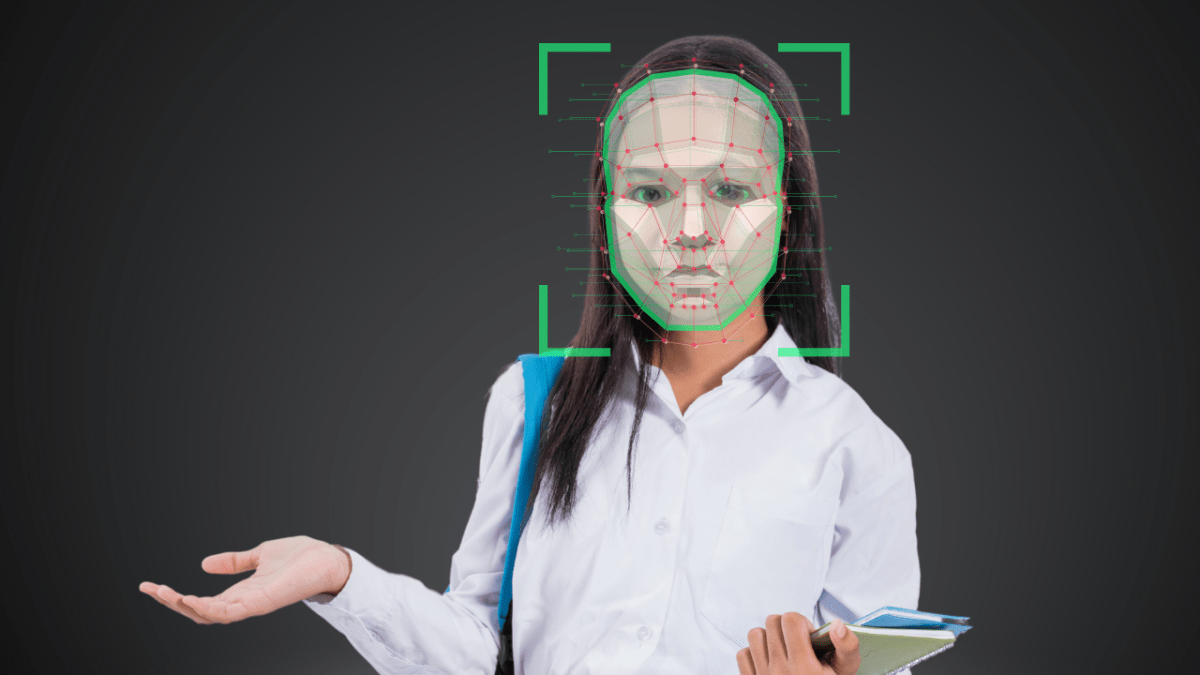Today’s story takes us to a high school on the outskirts of Essex, which has ended up on the wrong side of the U.K.’s GDPR laws. This may alarm you if you used to carry lunch money to school, but kids these days can do biometric facial scans to pay for their meals. But as […]
© 2024 TechCrunch. All rights reserved. For personal use only.
Today’s story takes us to a high school on the outskirts of Essex, which has ended up on the wrong side of the U.K.’s GDPR laws.
This may alarm you if you used to carry lunch money to school, but kids these days can do biometric facial scans to pay for their meals. But as we know from scandals with companies like Clearview AI, biometric data collection can very easily become a privacy nightmare. That’s why the U.K. GDPR mandates that any use of facial-recognition technology has to be opt-in by default. And at this high school, parents could only opt their children out of the technology.
Meanwhile, in the U.S., the use of biometric scans in schools has been up for debate for years. In 2019, the public school system in Denver, Colorado, explored the option of using facial-recognition technology to limit school shootings. But this possibility was controversial, because this safety measure — which may not even be effective — comes at the expense of students’ privacy.
This debate also came up in New York state, where legislators ultimately decided that the risks of this technology outweighed the benefits. So, now in New York, this technology is banned from being used in schools.
So, for these students in the U.K., maybe bringing cash to school to pay for lunch isn’t such a bad idea.

Leave a Reply